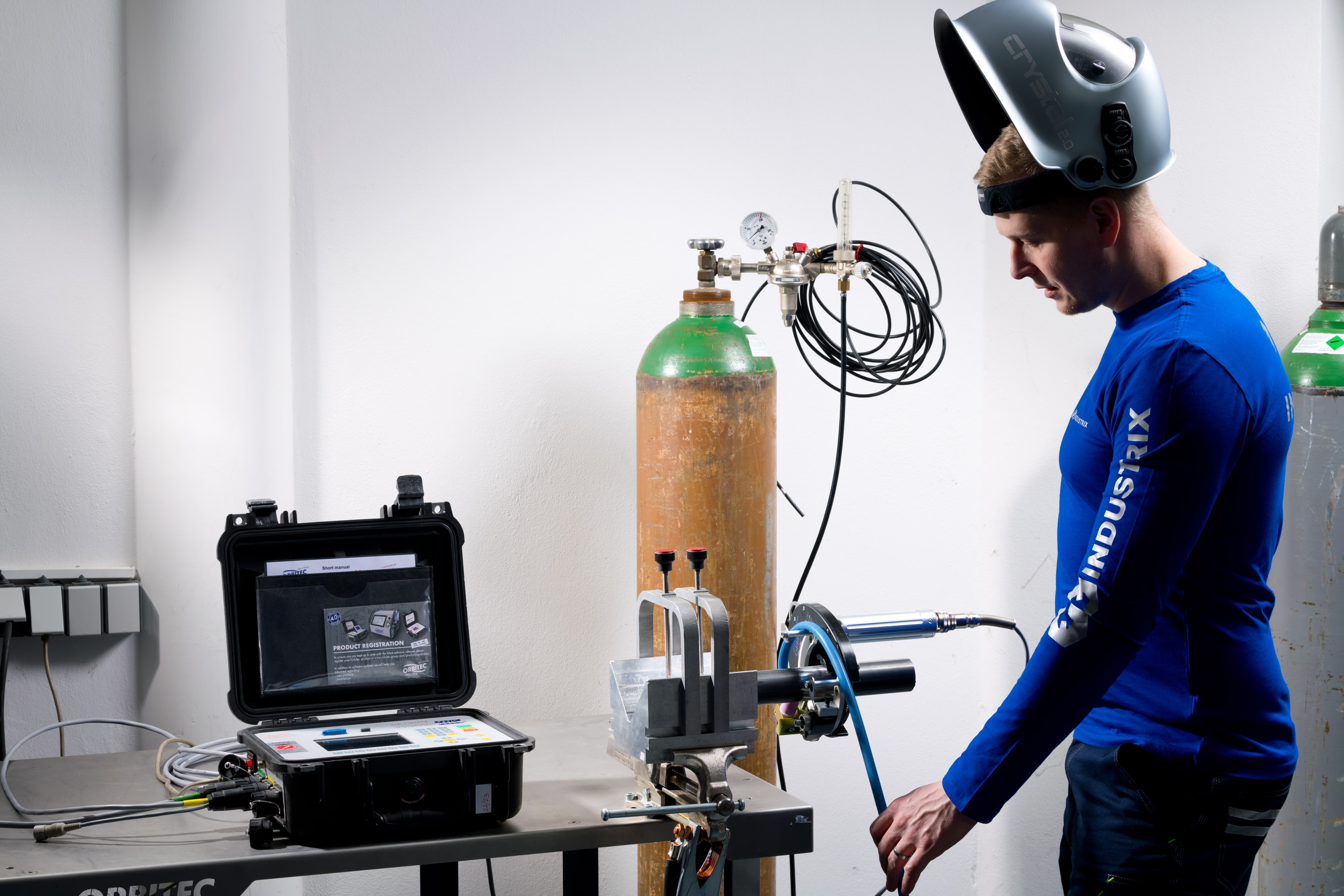Key aspects of professional welding
Welding works represent a crucial aspect in many industries, from the automotive sector to aircraft manufacturing and construction. In this article, we will delve into the important aspects of welding works and the trends shaping this realm of professional welding.
Development of welding techniques
Welding techniques are constantly evolving to improve weld quality and enhance process efficiency. Modern technologies such as orbital, laser or plasma welding offer higher precision and speed, which is particularly important in industrial settings.
Importance of proper certification
For welders, having appropriate education and certifications is key. Well-trained welders not only achieve better results but also contribute to workplace safety and the prevention of welding-related accidents.
Safety Measures
Welding works are associated with a range of risks, including burns, exposure to toxic fumes, and eye damage. Therefore, it is essential to adhere to strict safety measures such as wearing protective clothing, respirators, and safety goggles.
Trends in Sustainability:
With a growing emphasis on sustainability, efficiency in material usage and waste minimization becomes an important aspect of welding. New technologies such as low heat emission welding contribute to reducing the ecological footprint of welding works.
Welding works remain a crucial element in many industrial sectors, and their development is ongoing. With technological advancements, improved certification process, and emphasis on safety and sustainability, welding works are expected to continue playing a key role in the manufacturing and construction of the modern world.
